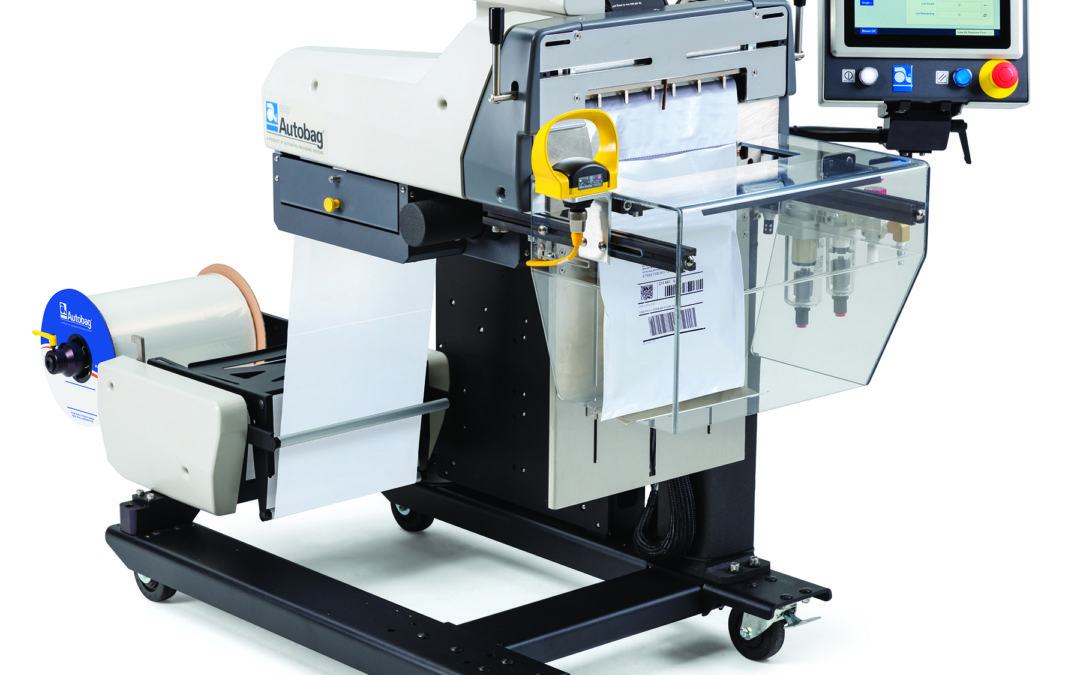Shipping costs are rising fast. Since 2009, truck transport costs have risen seven times faster than product prices. And that’s not going to change any time soon. In October, the U.S. Postal Service announced a proposal to increase package shipping costs from 9.3% to 12.3% in 2019. That’s a steep enough increase that Amazon alone could see its revenues decline by as much as 5% as a result.
For companies that are looking for ways to reduce their shipping costs (particularly given increasing customer demands for faster, cheaper shipping), automation will play a critical role. In particular, auto-bagging systems can reduce overall shipping costs in the following three ways.
1. Reduced Labor Costs
With auto-baggers, you can eliminate the need for the extra staff required for antiquated hand-bagging methods.
Since your employees won’t have to manually stuff products into bags and seal them, you can utilize your labor force more productively and efficiently. In the shipping area, this can create opportunities to implement better quality control checks, for example, which can help reduce shipping errors. What’s more, you can improve bagging operations while also reducing the potential for repetitive motion injuries.
2. Increased Output
With an auto-bagger, you can significantly increase the volume of products bagged per shift, as well as the velocity of packages sent to shipping daily. And because you are able to ship more product with less labor, an auto-bagging system can provide a generous return on investment.
3. Reduced Shipping Costs
This is an increasingly important area of improvement, particularly given dimension-based shipper pricing, which continues to get more expensive each quarter. When a company ships a package via FedEx, for example, every order requires information on both box dimension and weight before receiving a price. As truck space increases in value, dimensioning has emerged as one of the biggest drivers of total shipping costs. Shippers have begun to implement a number of technologies to help reduce their package footprint, including the use of automated dimensioning scanners and software that can help optimize package sizes.
Auto-bagging solutions can eliminate this problem completely, which is enormously beneficial for companies trying to hold down shipping costs. Shipping bags are typically loaded into laundry-style carts in the mailroom and are subject to significant discounts because they don’t have to be stacked and they take up less space. This isn’t a solution for every product – extremely fragile items still need specialty packaging, for example. However, for items like mailers, pamphlets, textbooks, sweatshirts, and other goods, bags can be placed into protected carts rather than being stacked in the back of a truck. The loading process is easier (and requires less labor) and the entire process of figuring out dimensions and optimizing packing/loading can be reduced or eliminated.
Learn More About the Benefits of Auto-Baggers
There are other benefits from using auto-baggers as well. They can be easily integrated with inline label printers, counters, scales, and other material handling systems to create a fully automated packing and shipping solution.
Also, they can generally work with a variety of different bag sizes so you can leverage the equipment for multiple shipping lines, and they work with automated loading, which can improve the ergonomics of your shipping operation.
If you’d like to learn more about how auto-bagging systems and other automated packaging solutions can reduce costs in your shipping operations, visit our website.




